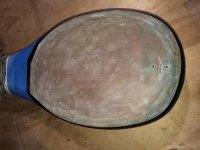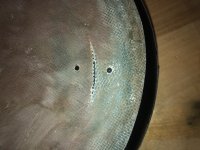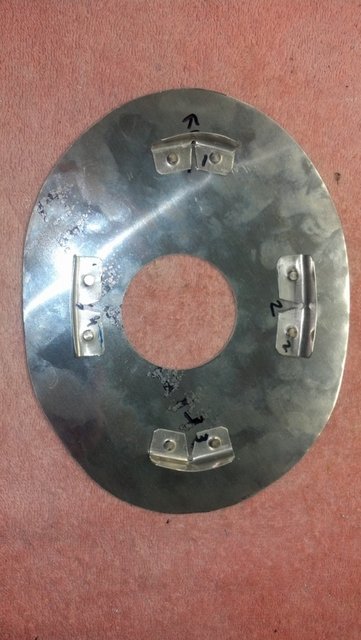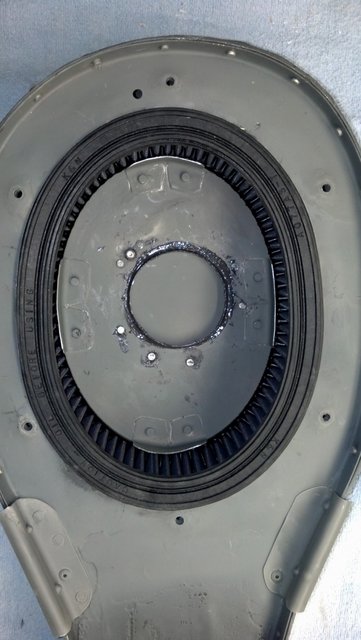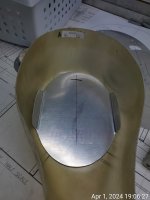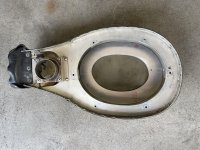Dean Pichon
Well Known Member
For the second time in almost 20 years the K&N air filter in my -4 has worn thru the fiberglass bottom. The first time this occurred, I replaced the airbox assembly and repaired the old one to keep as a spare. The spare will now be pressed into service while I repair this one.
Has anyone found a solution to keep this from happening? (I assume I'm not the only one experiencing this issue.)
Thanks,
Dean
Has anyone found a solution to keep this from happening? (I assume I'm not the only one experiencing this issue.)
Thanks,
Dean



